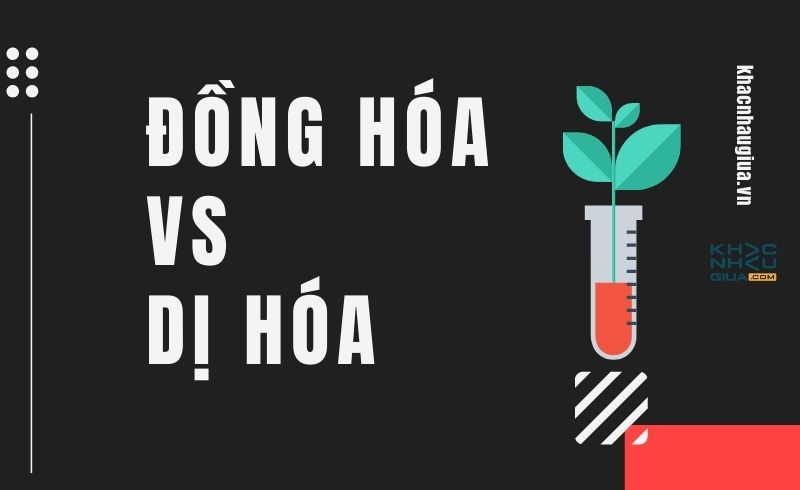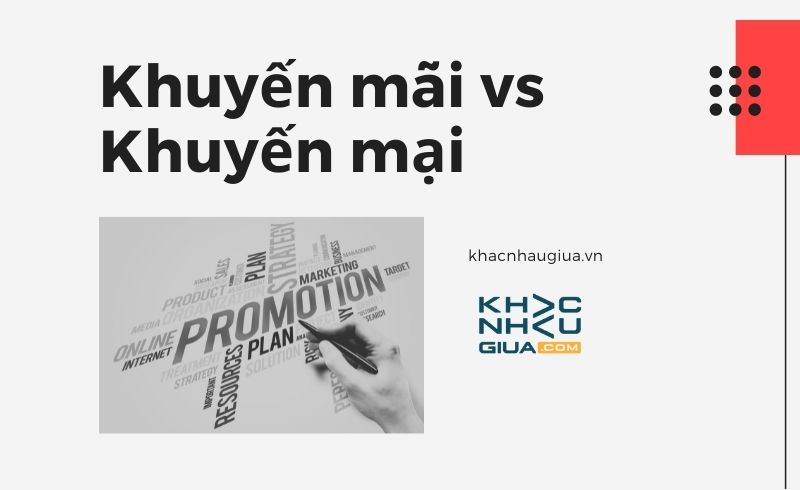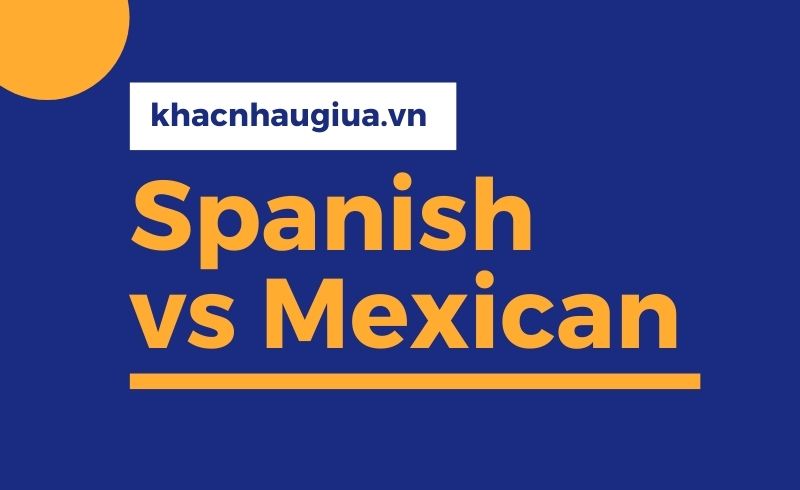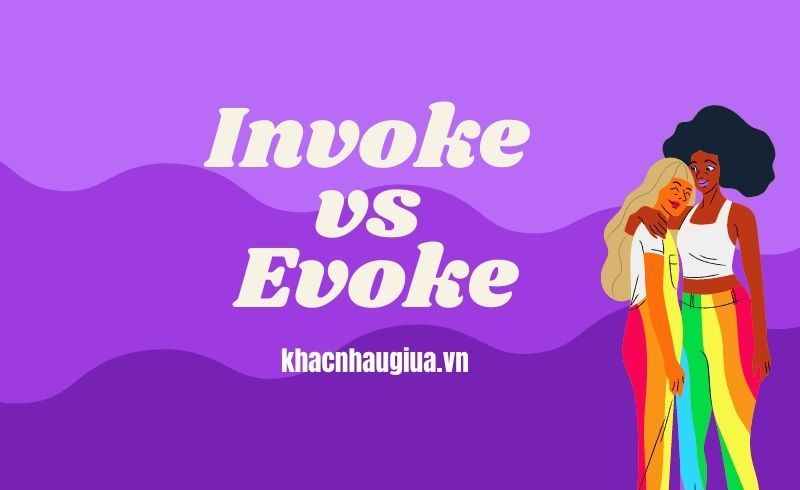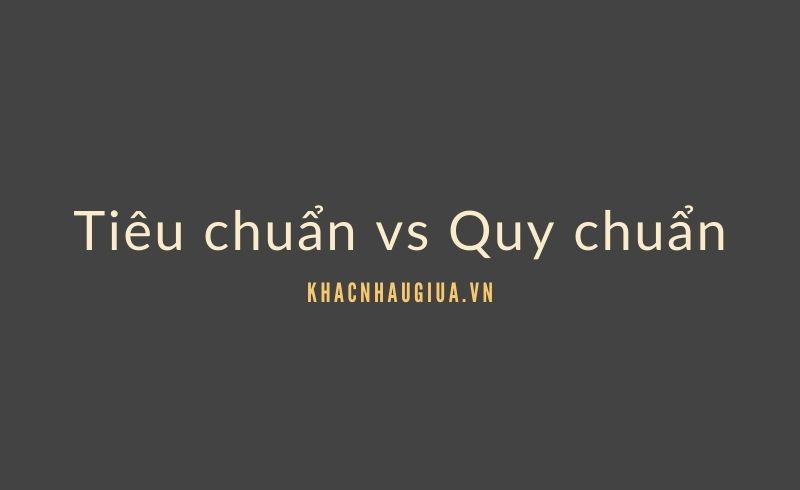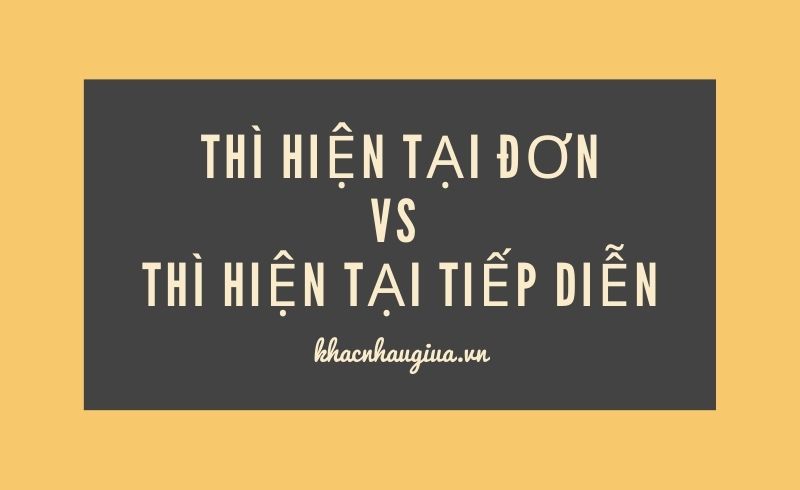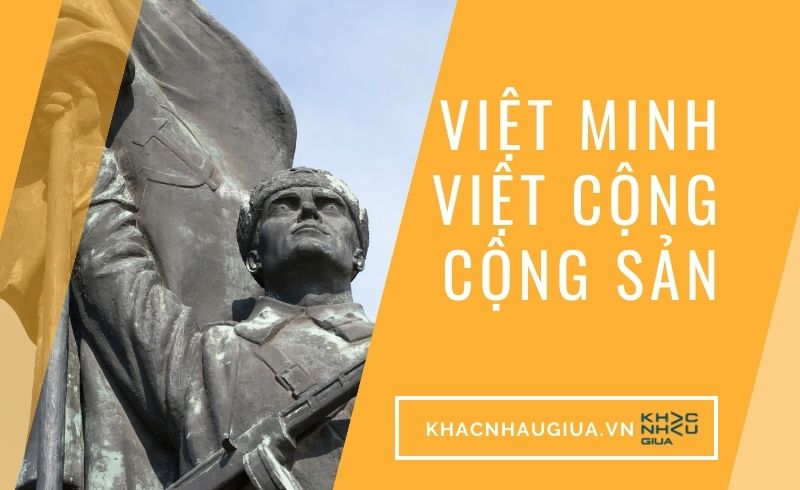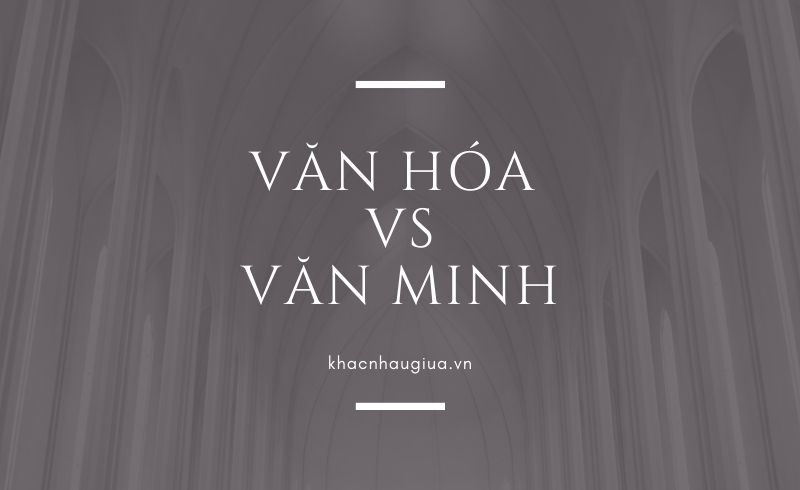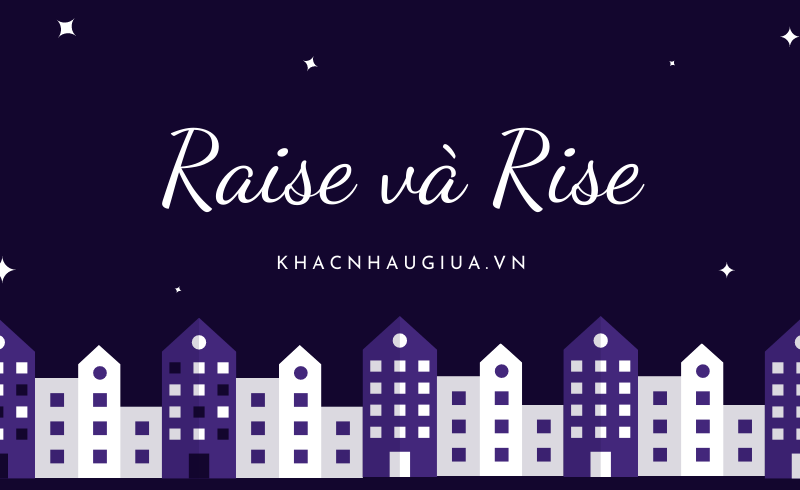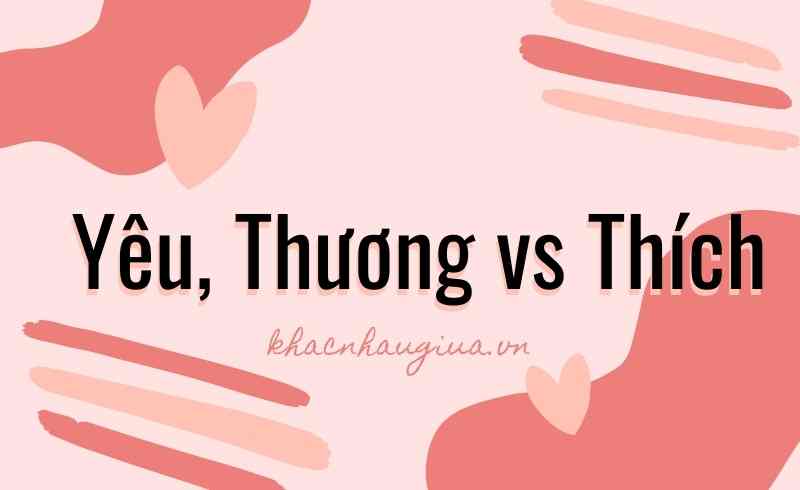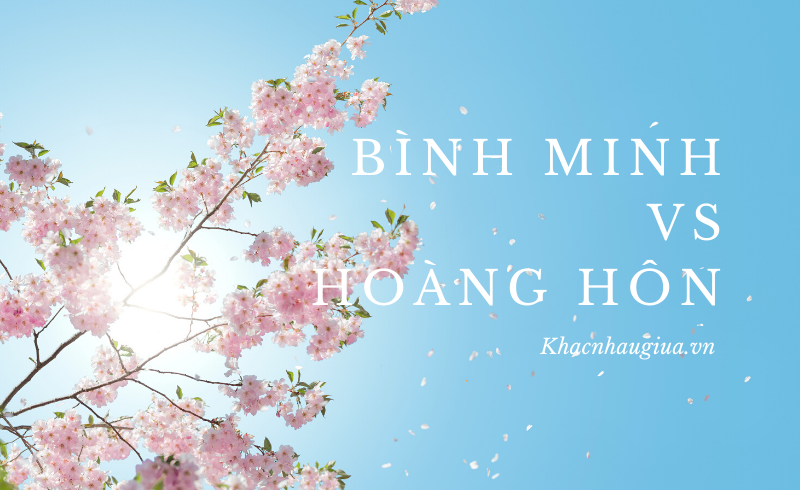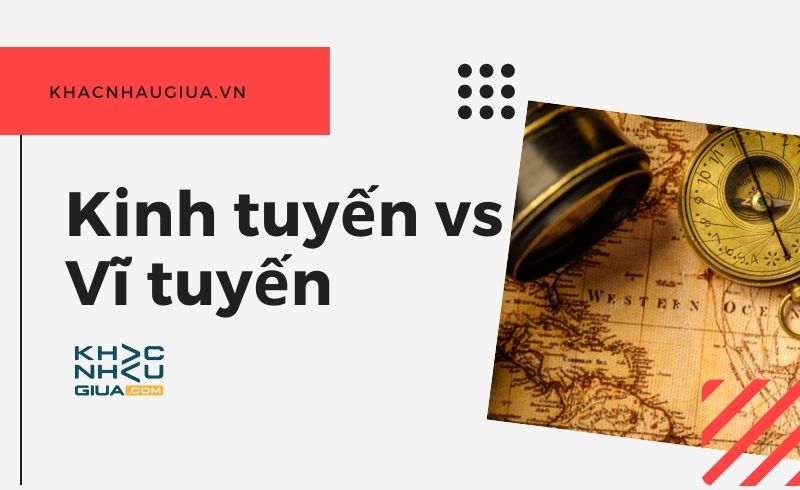Southeast Asia is a treasure trove of diverse cultures, stunning landscapes, and unique experiences. Vietnam and Thailand are two countries that epitomize the region’s charm, each with its own distinct personality and allure. While they share some similarities, there are also noticeable differences between the two countries that set them apart. In this article, we will take a closer look at Vietnam and Thailand, highlighting the key aspects that make them unique and providing insights into their cultures, cuisines, natural landscapes, historical significance, and more.
Key Takeaways:
- Vietnam and Thailand are both gems of Southeast Asia, with distinct cultures and personalities.
- Despite some similarities, there are noticeable differences between the two countries in terms of cuisine, natural landscapes, historical significance, and more.
- Exploring both countries offers an opportunity to experience the rich and diverse cultures of Southeast Asia.
- Vietnam is known for its pho, while Thailand is famous for its spicy curries and street food.
- Vietnam boasts stunning landscapes like Ha Long Bay and the mountainous Sapa region, while Thailand is home to stunning beaches and islands like Phuket and Koh Samui.
Cultural Diversity and Heritage
When it comes to cultural differences between Vietnam and Thailand, the two countries share some similarities but also have many distinct customs, traditions, and practices that set them apart. Vietnam has been strongly influenced by Chinese culture due to centuries of Chinese rule, while Thailand’s cultural identity has been shaped by its unique position as a cultural crossroads between South and Southeast Asia.
Vietnam is known for its deep appreciation of education, art, and literature, with a strong emphasis on Confucian values. Thai culture, on the other hand, is known for its laid-back lifestyle and emphasis on social harmony. Buddhism plays a significant role in both Vietnam and Thailand, but the two countries have different practices and beliefs.


Cultural Diversity and Heritage Table
| Vietnam Culture | Thai Culture | |
|---|---|---|
| Religion | Buddhism, Confucianism, Taoism, Christianity | Buddhism, Animism, Islam, Christianity |
| Food | Pho, Banh Mi, Spring Rolls, Com Tam | Pad Thai, Tom Yum Soup, Green Curry, Som Tum Salad |
| Language | Vietnamese | Thai |
| Traditional Clothing | Ao Dai | Chut Thai |
| Arts | Lacquerware, Water Puppetry, Silk Weaving | Traditional Dance, Muay Thai Boxing, Thai Massage |
Despite these differences, both Vietnam and Thailand have rich and diverse cultural heritages that are reflected in their traditions, arts, and everyday life. Visitors to either country can expect to be immersed in local customs and practices, offering a unique and enriching travel experience.
Cuisine and Culinary Delights
When it comes to food, both Vietnam and Thailand offer a vibrant and flavorful culinary experience that is not to be missed. Vietnamese cuisine is known for its fresh and healthy ingredients, with a focus on balance and harmony in every meal. Thai cuisine, on the other hand, boasts a unique blend of sweet, sour, spicy, and salty flavors, creating a perfect explosion of taste.
Let’s take a closer look at some of the mouthwatering dishes that are popular in these two countries:
| Food in Vietnam | Food in Thailand |
|---|---|
| Pho – a traditional rice noodle soup with beef or chicken, flavored with aromatic herbs and spices. | Pad Thai – a stir-fried noodle dish mixed with tofu, vegetables, and peanuts, served with a tangy sauce. |
| Banh Mi – a French-inspired baguette sandwich filled with pate, meat, vegetables, and herbs. | Tom Yum Goong – a spicy soup with shrimp, lemongrass, chili, and lime juice, perfect for seafood lovers. |
| Goi Cuon – fresh spring rolls with shrimp, herbs, and lettuce, wrapped in rice paper. | Green Curry – a creamy and fragrant curry made with coconut milk, green chili, and chicken or beef. |
Both Vietnam and Thailand also offer a variety of street food options that are delicious and affordable. Some popular Vietnamese street foods include banh mi sandwiches, grilled pork skewers, and crispy spring rolls. In Thailand, you can find tasty treats such as mango sticky rice, grilled meat skewers, and savory crepes.
Overall, the cuisine in Vietnam and Thailand is a true feast for the senses. From the rich flavors to the colorful presentation, both countries offer unique and unforgettable culinary experiences that are sure to satisfy any food lover’s cravings.


Natural Landscapes and Scenic Beauty
Vietnam and Thailand boast some of the most stunning natural landscapes and scenic beauty in Southeast Asia. From picturesque mountains to pristine beaches, each country has a unique natural environment that sets it apart from the rest. Let’s take a closer look at the natural beauty of Vietnam and Thailand.
Landscapes in Vietnam
Vietnam is renowned for its scenic landscapes, which are characterized by mountains, forests, and waterways. The country’s natural beauty is largely shaped by its topography, with the northern regions dominated by towering peaks, while the south is characterized by flat plains and winding rivers.
| Destination | Features |
|---|---|
| Sapa | Rice terraces, lush forests, and ethnic minority communities |
| Ha Long Bay | Stunning limestone karsts and emerald waters |
| Phong Nha-Ke Bang | World’s largest cave system and diverse ecosystems |
Whether you’re trekking through the rice terraces of Sapa, exploring the caves of Phong Nha-Ke Bang, or cruising along the tranquil waters of Ha Long Bay, Vietnam’s natural landscapes are truly breathtaking.
Landscapes in Thailand
Thailand is equally blessed with stunning natural landscapes, from tropical islands to lush jungles and towering mountains. The country’s diverse geography offers a range of outdoor activities and stunning vistas at every turn.
| Destination | Features |
|---|---|
| Phuket | Tropical beaches, crystal-clear waters, and vibrant nightlife |
| Chiang Mai | Lush rainforests, ancient temples, and stunning mountain scenery |
| Kanchanaburi | Waterfalls, national parks, and historic landmarks |
Whether you’re relaxing on the beaches of Phuket, trekking through the jungles of Chiang Mai, or exploring the historic landmarks of Kanchanaburi, Thailand’s natural landscapes are sure to leave a lasting impression.
In conclusion, both Vietnam and Thailand have a rich variety of natural beauty, each with its own unique features and attractions. Whether you’re a nature lover, adventure seeker, or simply looking for a tranquil escape, these two countries offer something for everyone.


Historical Significance
Both Vietnam and Thailand have a rich history that has shaped their cultures and traditions. From their ancient civilizations to their colonial pasts, these two countries have many historical landmarks that provide glimpses into their respective histories.
The History of Vietnam
Vietnam’s history dates back to the Dong Son culture, which emerged around the third century BCE. Over the centuries, Vietnam was ruled by various dynasties and kingdoms, including the Ly, Tran, and Nguyen dynasties. In the 19th century, Vietnam became a French colony, and its struggle for independence led to the Vietnam War in the 20th century.
| Historical Landmarks in Vietnam | Location |
|---|---|
| The Imperial City | Hue |
| The Temple of Literature | Hanoi |
| Ho Chi Minh Mausoleum | Hanoi |
The History of Thailand
Thailand’s history dates back to the Sukhothai Kingdom, which was established in the 13th century. The kingdom was followed by the Ayutthaya Kingdom and the Thonburi Kingdom, before the modern-day Chakri Dynasty. Thailand was the only Southeast Asian country to remain a free state during the colonial era and it was known as Siam until 1939.
| Historical Landmarks in Thailand | Location |
|---|---|
| Wat Phra Kaew | Bangkok |
| Ayutthaya Historical Park | Ayutthaya |
| The Bridge on the River Kwai | Kanchanaburi |
Both Vietnam and Thailand have a rich history that is reflected in their cultural heritage and traditions. Exploring their historical landmarks is a fascinating way to learn more about their past and present.
Festivals and Celebrations
Vietnam and Thailand have a rich tradition of festivals and celebrations that showcase their vibrant cultures and local customs. These events often involve music, dance, food, and other festive activities that bring people together in a spirit of joy and unity.
Festivals in Vietnam
Vietnam is known for its colorful festivals that blend ancient rituals with modern celebrations. One of the most popular festivals in Vietnam is Tet, the Lunar New Year, which usually falls in late January or early February. During Tet, families gather to celebrate the arrival of spring and offer prayers for good luck and prosperity in the coming year. The festive mood is amplified by dragon and lion dances, fireworks, and special foods like banh chung, a sticky rice cake with pork and mung beans, and xoi, a sticky rice dish.
Another major festival in Vietnam is the Mid-Autumn Festival, which is celebrated on the 15th day of the eighth lunar month, usually in September or October. This festival marks the end of the harvest season and is also a time to honour children. People carry colorful lanterns, watch lion dances, and eat mooncakes, a sweet pastry filled with lotus seed paste or nuts.
Cultural Celebrations in Thailand
Thailand is famous for its vibrant cultural celebrations that attract visitors from all over the world. One of the biggest festivals in Thailand is Songkran, the Thai New Year, which falls on April 13-15 every year. During Songkran, people splash water on each other to wash away bad luck and start the new year fresh. The festive atmosphere is complemented by parades, music, and traditional food like khao chae, a rice dish served with aromatic, jasmine-scented water.
Another popular festival in Thailand is Loy Krathong, a festival of lights that is celebrated on the full moon of the 12th lunar month, usually in November. People float krathongs, small boats made of banana leaves, on rivers and canals to pay respect to the water goddess and ask for forgiveness for any wrongdoings. The night sky is illuminated by lanterns that are released into the air, creating a magical and unforgettable spectacle.
Whether you are in Vietnam or Thailand, there is never a dull moment when it comes to festivals and celebrations. From ancient rituals to modern parties, these events showcase the unique charm and spirit of these two amazing countries.
Temples and Spiritual Practices
Temples and spiritual practices are an integral part of the cultural identity of Vietnam and Thailand. Both countries have a strong Buddhist tradition, which has influenced the local communities in many ways.
Buddhism in Vietnam
Buddhism was introduced to Vietnam in the second century AD and has since played a significant role in shaping the country’s culture and religious identity. The majority of Vietnamese people practice Mahayana Buddhism, which emphasizes the importance of compassion and the pursuit of enlightenment.
| Important Temples in Vietnam | Location | Description |
|---|---|---|
| Tran Quoc Pagoda | Hanoi | One of the oldest temples in Hanoi, Tran Quoc Pagoda is located on an island in the West Lake and is a symbol of Vietnamese Buddhism. |
| Thien Mu Pagoda | Hue | Located on a hill overlooking the Perfume River, Thien Mu Pagoda is one of the most famous pagodas in Vietnam and is home to many Buddhist monks. |
| Ba Vang Pagoda | Quang Ninh | Considered one of the most important spiritual and cultural centers of Vietnam, Ba Vang Pagoda is surrounded by lush hills and scenic landscapes. |
Vietnamese people also practice other religions, such as Confucianism and Taoism, which have contributed to the diverse spiritual landscape of the country.
Buddhism in Thailand
In Thailand, Buddhism is the predominant religion, with over 90% of the population practicing Theravada Buddhism. It is deeply ingrained in Thai culture and influences everything from social customs to politics.
| Important Temples in Thailand | Location | Description |
|---|---|---|
| Wat Phra Kaew | Bangkok | Located within the grounds of the Grand Palace, Wat Phra Kaew is home to the most revered Buddhist icon in Thailand, the Emerald Buddha. |
| Doi Suthep | Chiang Mai | Perched on a hill overlooking Chiang Mai, Doi Suthep is a sacred temple with stunning views of the city and surrounding mountains. |
| Wat Rong Khun | Chiang Rai | Also known as the White Temple, Wat Rong Khun is a unique, contemporary temple that combines traditional Thai architecture with modern design. |
Aside from Buddhism, Thailand also has a significant Muslim population in the southern provinces, as well as small communities of Christians, Hindus, and Sikhs.
“Temples and spiritual practices provide a window into the rich cultural heritage of Vietnam and Thailand. The intricate designs, beautiful architecture, and serene atmosphere of these sacred sites invite visitors to explore the spiritual side of these countries.”
Exploring Urban Life in Vietnam and Thailand
When it comes to urban life, Vietnam and Thailand offer visitors a wide array of experiences. From bustling, modern metropolises to historic, cultural landmarks, each country’s cities have their own unique charm. Let’s take a closer look at some of the cities in Vietnam and Thailand and explore their vibrant urban cultures.
Ho Chi Minh City, Vietnam
Formerly known as Saigon, Ho Chi Minh City is Vietnam’s largest city and a hub of economic activity. The city has a bustling atmosphere and a vibrant energy that is a perfect example of the modern, urban side of Vietnam. Visitors to Ho Chi Minh City can enjoy a wide variety of experiences, from exploring the city’s colonial architecture and history to indulging in the vibrant nightlife.
One of the city’s main attractions is the Ben Thanh Market, a bustling and colorful marketplace that offers a glimpse into Vietnam’s rich street food culture. Here, visitors can sample traditional Vietnamese dishes such as pho and banh mi, as well as browse through a wide array of local souvenirs and handicrafts.
Bangkok, Thailand
The capital city of Thailand, Bangkok is a vibrant and bustling metropolis that offers visitors a glimpse into the country’s rich culture and history. The city is home to a wide array of attractions, including magnificent temples, bustling markets, and vibrant nightlife.
One of the city’s most iconic landmarks is the Grand Palace, a sprawling complex of temples, palaces, and other buildings that dates back to the 18th century. The palace is home to the famous Emerald Buddha, a highly revered statue of Buddha that is carved from a single piece of jade.
Hanoi, Vietnam
The capital city of Vietnam, Hanoi is a charming and historic city that is famous for its beautiful architecture, rich culture, and vibrant street life. Visitors to Hanoi can explore the city’s many historic landmarks and cultural attractions, as well as indulge in the local food scene.
One of the city’s most notable landmarks is the Temple of Literature, a well-preserved complex of buildings that dates back to the 11th century. The temple was originally built as the country’s first university and is now a popular tourist attraction.
Chiang Mai, Thailand
Located in northern Thailand, Chiang Mai is a charming and laid-back city that is famous for its rich cultural heritage and stunning natural beauty. Visitors to Chiang Mai can explore the city’s many temples, indulge in the local cuisine, and take in the stunning views of the surrounding mountains.
One of the city’s most popular attractions is the Night Bazaar, a bustling marketplace that offers a wide array of souvenirs, handicrafts, and local foods. Visitors can browse through the stalls and sample traditional Thai dishes such as pad Thai and mango sticky rice.
Conclusion
From the vibrant energy of Ho Chi Minh City to the rich cultural heritage of Chiang Mai, Vietnam and Thailand offer a wide variety of urban experiences for visitors. Whether you are interested in exploring historic landmarks, indulging in local cuisine, or simply soaking up the vibrant atmosphere, these cities are sure to offer something for everyone.
Local Traditions and Customs
Vietnam and Thailand are both rich in culture and tradition. They have their unique customs, rituals, and festivals that are integral to their identity. Here are some of the local traditions and customs that define the daily lives of the people in these two countries:
Traditions in Vietnam
Vietnam has a long-standing traditional culture that is deeply rooted in its history and geography. The following are some of the customs that are unique to Vietnam:
- Tet – Vietnamese New Year. This is the most important holiday in Vietnam, and it marks the arrival of spring. It usually falls in late January or early February.
- Mid-Autumn Festival – Celebrated on the 15th day of the 8th lunar month, this festival is for children and features dragon dances, lanterns, and mooncakes.
- Buffalo Fighting Festival – A traditional festival held in the Do Son district, in which two buffaloes are pitted against each other in a ring.
- Xoan Singing – A traditional folk singing style from the northern province of Phu Tho, Vietnam.
Customs in Thailand
Thailand is a country that is rich in history and culture. The following are some of the customs and traditions that are unique to Thailand:
- Loi Krathong – A festival where small boats made of banana leaves and flowers are floated down rivers to pay respect to the water spirits.
- Songkran – The Thai New Year, which is celebrated in April and involves throwing water and powder at each other as a sign of purification.
- Wai – A common way of greeting in Thailand, in which the palms are pressed together in front of the chest, accompanied by a bow of the head.
- Yi Peng – A festival of lights where thousands of lanterns are released into the sky, representing the release of negative thoughts and bad luck.
These local traditions and customs form an integral part of the fabric of Vietnamese and Thai societies. Understanding and respecting them can help visitors gain a deeper appreciation for the cultures of these two countries and foster mutual understanding and respect.

Conclusion
In conclusion, Vietnam and Thailand are two Southeast Asian countries with diverse cultures, cuisines, natural landscapes, and historical landmarks. While Vietnam has a strong French colonial influence, Thailand boasts a rich Buddhist heritage.
Cultural Diversity and Heritage
The cultural diversity and heritage of Vietnam and Thailand are noteworthy, with distinct customs, traditional practices, and historical influences. Vietnam has a unique Ao Dai traditional dress, while Thailand is famed for its iconic elephant festivals.
Cuisine and Culinary Delights
The tantalizing cuisines of Vietnam and Thailand are a food lover’s paradise, with flavors, ingredients, and popular dishes that delight the senses. From pho in Vietnam to tom yum in Thailand, these culinary scenes are nothing short of amazing.
Natural Landscapes and Scenic Beauty
Vietnam and Thailand offer diverse and breathtaking natural landscapes, including mountains, beaches, rice terraces, and parks. Vietnam’s Halong Bay and Thailand’s Phi Phi Islands are just a few examples of the stunning natural beauty to be found in these countries.
Historical Significance
The rich history of Vietnam and Thailand can be seen in the numerous historical landmarks, such as the Cu Chi Tunnels in Vietnam and the ancient city of Ayutthaya in Thailand. These landmarks provide a glimpse into the respective histories of these two countries.
Festivals and Celebrations
Vietnam and Thailand are renowned for their vibrant festivals and celebrations, which offer a glimpse into the unique cultures and traditions of these countries. From the Mid-Autumn Festival in Vietnam to the Songkran Water Festival in Thailand, these celebrations are a time of joy and unity.
Temples and Spiritual Practices
Temples and spiritual practices are an integral part of the cultural fabric of Vietnam and Thailand, with Buddhism playing a significant role. Vietnam’s One-Pillar Pagoda and Thailand’s Wat Arun are just a few examples of the sacred sites that are a testament to the religious beliefs of these countries.

Exploring Urban Life
The bustling cities of Vietnam and Thailand are modern and vibrant, with unique urban cultures and bustling cityscapes. From Ho Chi Minh City in Vietnam to Bangkok in Thailand, these cities offer a glimpse into the modern lifestyles of the people in these countries.
Local Traditions and Customs
Local traditions and customs are unique to each country, and Vietnam and Thailand are no exception. From the tea ceremonies in Vietnam to the respect for elders in Thailand, these customs and traditions shape the daily lives of the people in these countries.
Overall, Vietnam and Thailand are two fascinating countries that offer a diverse array of cultural, culinary, natural, and historical experiences. Whether you’re looking to explore their vibrant cities, indulge in their delicious cuisines, or immerse yourself in their rich cultures and traditions, Vietnam and Thailand are definitely two places you won’t want to miss.
FAQ
What are some must-try dishes in Vietnam and Thailand?
In Vietnam, don’t miss out on famous dishes like pho, banh mi, and fresh spring rolls. In Thailand, indulge in classics like pad Thai, green curry, and mango sticky rice.
What natural landscapes can I explore in Vietnam and Thailand?
Vietnam offers stunning landscapes including Halong Bay, Sapa’s rice terraces, and the Mekong Delta. Thailand boasts beautiful beaches in Phuket, the lush jungles of Chiang Mai, and the serene islands of Krabi.
What historical landmarks can I visit in Vietnam and Thailand?
Vietnam is home to historical sites like the Imperial Citadel of Thang Long in Hanoi and the ancient town of Hoi An. Thailand’s must-visit landmarks include the Grand Palace in Bangkok and the UNESCO World Heritage Site of Ayutthaya.
What are some of the major festivals and celebrations in Vietnam and Thailand?
Vietnam celebrates Tet (Lunar New Year) with vibrant parades and traditional customs. Thailand’s Songkran festival is a joyous water festival, while Loy Krathong sees floating lanterns illuminate the night sky.
What temples and spiritual practices can I explore in Vietnam and Thailand?
Vietnam is known for its pagodas and temples like the Perfume Pagoda and One Pillar Pagoda. Thailand is home to iconic temples like Wat Arun in Bangkok and Wat Phra That Doi Suthep in Chiang Mai.
What are some of the major cities in Vietnam and Thailand?
In Vietnam, Hanoi, Ho Chi Minh City, and Da Nang are major urban centers. Thailand’s bustling cities include Bangkok, Chiang Mai, and Phuket, each offering a unique urban experience.
What local traditions and customs should I be aware of in Vietnam and Thailand?
In Vietnam, respect for elders and communal harmony are valued. In Thailand, greeting with a wai (a gesture of respect), removing shoes before entering someone’s home, and modest dress are important customs.

